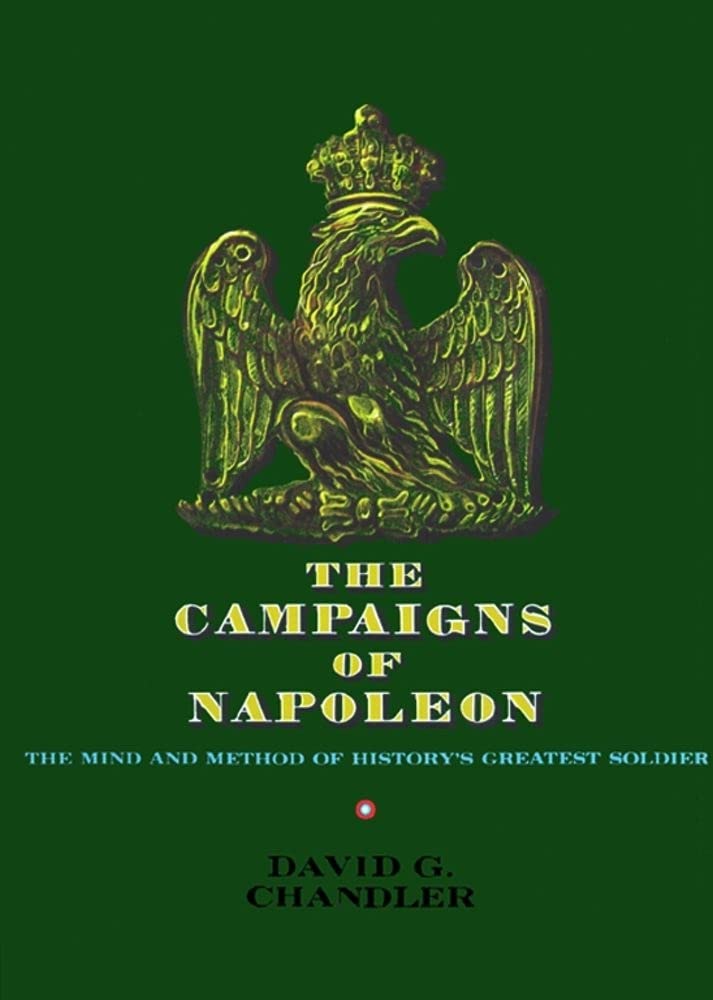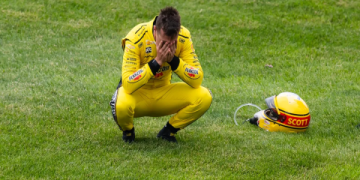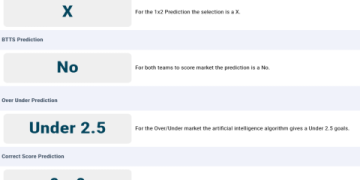Alright, let’s talk about diving into David Chandler’s “The Campaigns of Napoleon”. It wasn’t something I just picked up lightly, you know. Heard about it for ages, saw it mentioned everywhere whenever Napoleon came up. Seemed like the book to read if you were serious.
So, I finally got my hands on a copy. First impression? It’s a doorstop. Seriously, the thing’s huge. Felt kinda intimidating just holding it. You open it up, and the print is kinda small, lots of pages, tons of footnotes. Felt like I was back in college, facing down a textbook I didn’t wanna read.
Getting Started
I figured, okay, start from the beginning. Read the intro, tried to get into the flow. Chandler starts way back, building up the context, Napoleon’s early life, the whole revolutionary background. It was interesting, sure, but dense. Lots of names, places, political stuff to keep straight right off the bat.

My initial plan was to read a chapter a day, or maybe a set number of pages. That lasted about three days. Life gets in the way, right? Plus, some chapters were just heavier going than others. The ones heavy on political maneuvering or the really detailed troop numbers? Ugh, my eyes would glaze over sometimes.
The Thick of It
I found myself skipping around a bit after a while. I’d jump to a campaign I knew a little about, like Italy or Egypt, just to feel like I was making progress. Then I’d circle back to the parts I missed. Probably not the “right” way to do it, but it kept me going.
Key things I started doing:
- Leaning heavily on the maps. Thank goodness for the maps. Trying to picture the movements without them? Impossible.
- Keeping a notepad handy. Just jotting down key generals or battle names. Helped keep the cast of characters straight. There are so many marshals!
- Not sweating the small stuff too much. If I got bogged down in the minutiae of supply lines for the third time, I’d skim ahead until the action picked up again.
Chandler really digs into the nuts and bolts. How the army was organized, the logistics, the planning. It wasn’t just about the flashy battles. You get a real sense of the massive effort involved in moving and feeding that many troops across Europe. Sometimes it felt less like reading history and more like an operations manual.
Hitting the Big Battles
When you get to the major campaigns – Austerlitz, Jena, Wagram, Russia, Waterloo – that’s where it really shines, I think. Chandler lays out the strategy, the maneuvers, what went right, what went wrong. You follow the armies on the maps, read his analysis, and it starts to click. You see the decisions Napoleon made, why they worked, or why they failed spectacularly.
The Russia chapter, man, that was tough reading. Just the scale of the disaster. Chandler doesn’t pull punches. Same with Waterloo. You feel the tension, the back-and-forth.
Finishing Up (Finally!)
It took me a long time. Months, definitely. Reading it in fits and starts. But I got through it. Put it back on the shelf, felt a bit of accomplishment. It’s not an easy read, not something you breeze through on a weekend.
Was it worth it? Yeah, I think so. Despite the density, despite wanting to throw it across the room sometimes. You come away with a much, much deeper understanding of Napoleon as a military commander. You see the brilliance, but also the flaws, the exhaustion, the changing methods over time. It cuts through a lot of the myths. It’s like, you finally see the plumbing behind the grand facade.
So yeah, that was my journey with Chandler’s big book. A slog at times, but ultimately rewarding. If you’re gonna tackle it, just be prepared to invest the time. And keep those maps handy.
























